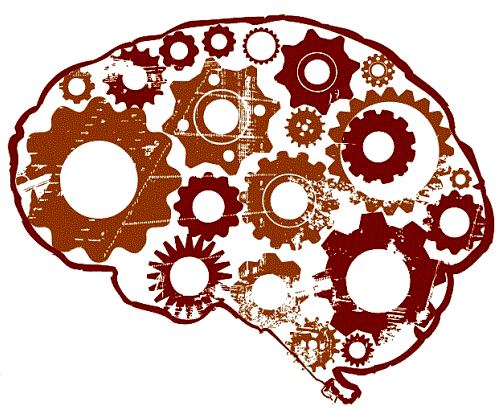The Rise of DevOps Automation Tools: How AI and Machine Learning are Transforming Release Management: A Deep Dive
The Rise of DevOps Automation Tools: How AI and Machine Learning are Transforming Release Management
In today’s fast-paced and highly competitive tech landscape, organizations are constantly seeking ways to streamline their processes and accelerate the delivery of software products. The rise of DevOps automation tools, coupled with advancements in artificial intelligence (AI) and machine learning (ML), is transforming release management practices. This blog post delves into the significance of this transformation, practical implementations, technical details, best practices, real-world applications, and future trends in DevOps automation.
DevOps automation tools leverage AI and ML algorithms to automate various stages of the software development lifecycle, including code building, testing, deployment, and monitoring. These tools enable teams to achieve continuous integration and continuous delivery (CI/CD), reducing manual intervention, improving efficiency, and increasing the quality of software releases.
The adoption of DevOps automation tools is crucial for organizations looking to stay competitive and agile in their software development processes. Some key reasons why this trend is significant include:
- Faster Time-to-Market: Automation reduces bottlenecks and speeds up the delivery of software updates and new features.
- Enhanced Quality: AI and ML algorithms can identify and prevent defects early in the development process, improving the overall quality of releases.
- Cost Reduction: Automation minimizes human errors and the need for manual intervention, leading to cost savings in the long run.
According to a report by Gartner, by the end of 2022, 75% of DevOps initiatives will use AI and ML techniques for testing, deployment, monitoring, and other functions, up from 25% in 2019.
Implementing DevOps automation tools involves the following steps:
- Selecting the Right Tools: Choose tools that align with your organization’s needs and infrastructure. Popular tools include Jenkins, GitLab CI/CD, and Ansible.
- Integrating AI and ML Algorithms: Incorporate AI and ML algorithms to automate tasks such as code analysis, testing, and deployment. For example, you can use TensorFlow for anomaly detection in monitoring systems.
- Configuring Pipelines: Set up CI/CD pipelines that automate the end-to-end software delivery process. Below is an example of a basic Jenkins pipeline script:
pipeline {
agent any
stages {
stage('Build') {
steps {
sh 'mvn clean package'
}
}
stage('Test') {
steps {
sh 'mvn test'
}
}
stage('Deploy') {
steps {
sh 'ansible-playbook deploy.yml'
}
}
}
}
For more detailed implementation guides, refer to the documentation of tools like Jenkins and TensorFlow.
When implementing DevOps automation tools with AI and ML capabilities, consider the following technical aspects:
- Data Security: Ensure that sensitive data is handled securely when integrating AI/ML algorithms into your automation processes.
- Model Training: Maintain version control and regular retraining of AI models to keep them accurate and effective.
- Scalability: Design automation workflows that can scale with increasing workload and complexity.
To maximize the benefits of DevOps automation tools and avoid pitfalls, follow these best practices:
- Start Small: Begin with automating simple tasks before scaling up to more complex processes.
- Monitor Performance: Regularly monitor the performance of AI/ML models to detect anomalies or deviations.
- Collaboration: Foster collaboration between development, operations, and data science teams to ensure holistic automation.
Common pitfalls to watch out for include:
- Over-automation: Automating without proper planning or testing can lead to errors and downtime.
- Lack of Monitoring: Inadequate monitoring of automated processes can result in unnoticed failures.
Several organizations have successfully leveraged DevOps automation tools with AI and ML capabilities:
- Netflix: Netflix uses machine learning algorithms to optimize content delivery and recommendation systems, improving user experience and engagement.
- Google: Google employs AI-driven automation in its data centers to enhance energy efficiency and reduce operational costs.
The future of DevOps automation tools is poised for further advancements, including:
- Auto-Remediation: AI-powered systems that can automatically detect and fix issues in real-time.
- Predictive Analytics: ML algorithms predicting potential failures or bottlenecks in the software delivery pipeline.
The integration of AI and ML technologies into DevOps automation tools is revolutionizing release management practices, enabling organizations to achieve faster, more reliable software delivery. By adopting best practices, monitoring performance, and learning from real-world applications, teams can harness the power of automation to drive innovation and competitiveness in today’s tech landscape. Stay updated on the latest trends and tools to stay ahead in the DevOps automation journey.

For more information and tools related to DevOps automation, refer to:
Remember, continuous learning and adaptation are key to mastering the art of DevOps automation!
